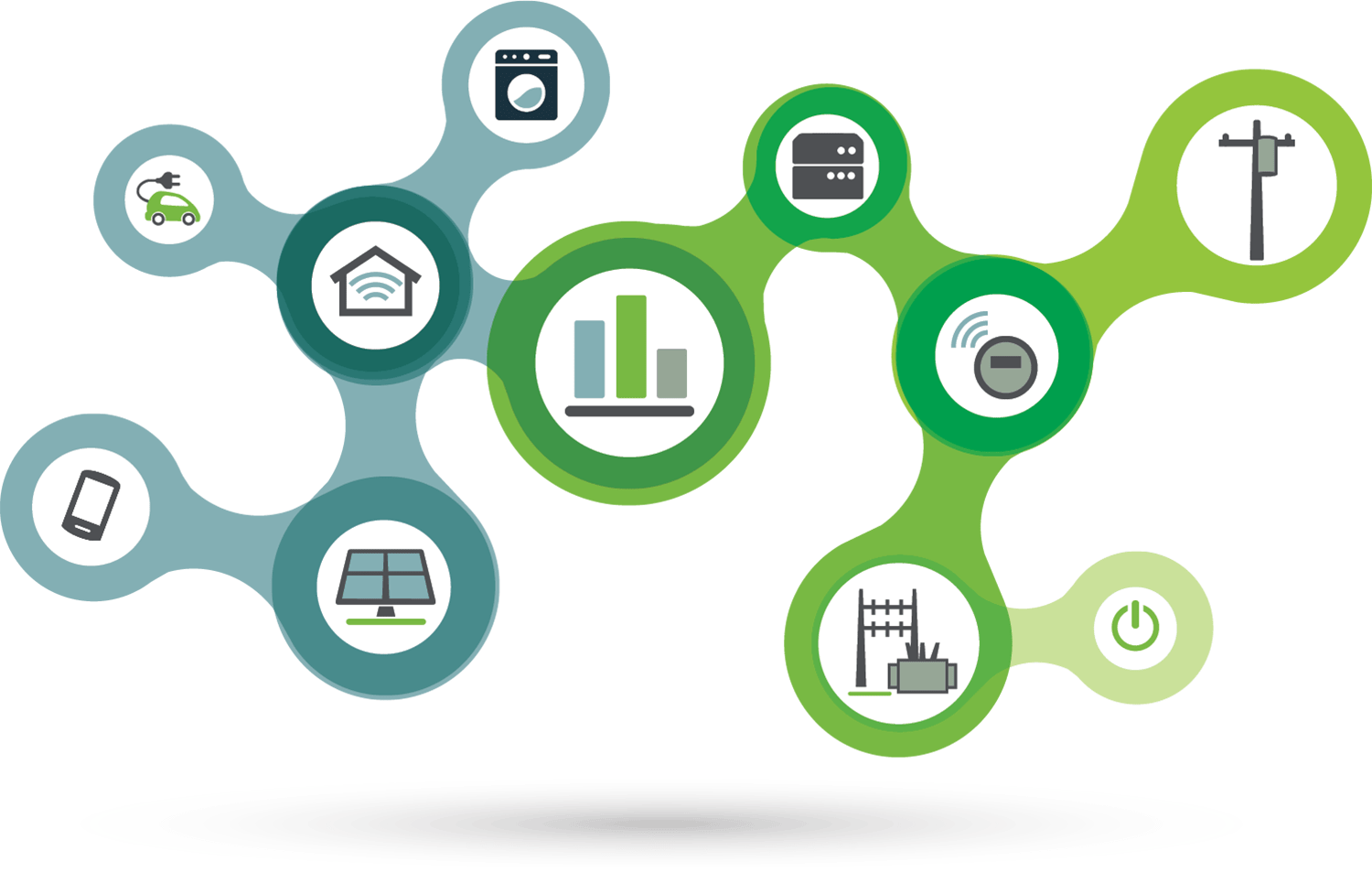Asset management can consume as much as 30 percent of an electric utility’s operating expenses and 20 percent of capital expenditures, say McKinsey & Company researchers. That second figure doesn’t include capital spending to support system growth.
Given those numbers, a reduction in asset-management spend can bring big payoffs. Data analytics is one tool utilities are using to achieve such benefits. Through analytics, utilities can right-size transformers efficiently, catch imminent device failures, fine-tune system planning, and more.
Things that count
“The whole analytics area is relatively new,” says Soorya Kuloor, Practice Director for Landis+Gyr’s distribution operations products. “It started with AMI.”
Early AMI deployments gave utilities the ability to see loading on specific transformers, catch and record momentary outages, and use data like these to identify trouble spots. But, Kuloor notes that early AMI adopters didn’t necessarily opt to have their meters bring back all the data advanced meters can gather. Voltage and momentary outages, for instance, were often left behind.
Having learned from early adopters, today’s AMI deployments are likely to bring in every ounce of data possible. In part, that’s because analytics software links AMI data to several other systems, making meter information more powerful.
Along with meter data, analytics packages ideally include data from supervisory control and data acquisition (SCADA) systems that monitor line and substation sensors, outage management systems, geographical information systems, customer information systems, and even things like weather data and customer demographics. The combination of these factors makes for a more complete view of the system and individual assets utilities must manage.

The more, the mightier
AMI consumption data — delivered with fine granularity, such as every 15 minutes — has long helped utilities see if transformers are under-utilized or overloaded. On top of that information, analytics folds in mathematical formulas that predict the impact of overloading on transformer insulation oil, which helps utilities gauge how much of the asset’s lifespan might be at risk. With an analytics package, utilities also can bring in weather data. Since ambient temperature impacts oil temperature, a leading cause of transformer failure, that’s another factor that helps asset managers prioritize replacement efforts.
Burbank Water and Power is one utility that used loading data, mixed with weather and GIS data, to efficiently and proactively replace at-risk transformers before failures caused outages. In pre-analytics days, heat-wave-driven outages were generally how the utility found its weak points. Using analytics, utility staff could see exactly where their high-risk assets sat on a system map and create a “transformer most-wanted list.”
That list became the utility’s asset management to-do list during the summer of 2014. That September, Burbank suffered its worst heat wave in decades, but the total number of outages due to a transformer event was zero. That was a dramatic improvement for this quality-focused utility.

When sparks fly
Add AMI voltage measurements to the mix, and analytics have yet another metric to use in predicting transformer failure. If transformers heat up from overloading, insulation can wear out, which causes arcing when windings make contact with each other. This results in a transformer improperly stepping voltage up or down, creating power quality issues for the consumer. “Meters measure voltage, so if you see that all the people on one transformer consistently have high or low voltage showing up while people on other transformers have no problems, it’s a good bet a transformer is going bad,” Kuloor says.
Or, voltage issues on the customer side of the meter might indicate a mechanical capacitor bank or regulator is stuck in place. Again, analytics can help pinpoint the problem because they’re factoring in the GIS data that knows where line and substation equipment resides. “Based on which customers have high voltage, you can track back to the device that is not operating. Then you can send a crew to fix it” Kuloor notes.
Being able to predict asset failure presents multiple savings opportunities. Utilities reduce overtime wages they might have paid when outages bring crews out at all hours. Power companies can better manage inventory because they know the probability with which various assets will break down, and they can save by coordinating asset maintenance more efficiently.
When it comes to maintenance investments, “The more you spend, the more improvement you get, but it’s not a linear curve,” says Kuloor. “After a while, you may spend twice the amount but only get five percent improvement. Then, the maintenance isn’t worth the investment.”
Analytics help utilities factor in those economics to better plan which outlays and efforts to make.
Planning ahead
Crunching those big-data numbers enables utilities to evaluate circuits that may need upgrades to support connection of distributed energy resources (DER), as well.
“For example, utilities can use income levels and other demographics to figure out who is going to buy EVs or who’s going to put up solar panels,” Kuloor says. Utilities use maps showing where DER are likely to be deployed to evaluate line system devices — capacitor banks, voltage regulators, or protective equipment like reclosers — that may trip due to reverse power flows. “If it’s a mechanical device, utility managers may replace it with a programmable one, but if it’s already programmable, they can send new instructions telling the device, ‘On reverse current, don’t trip.'”
Comprehensive meter and line sensor data also comes into play for system planning with analytics. “Utilities are using the software to determine at what level of solar penetrations issues will happen,” Kuloor continues.
Using analytics to shave costs requires a shift from time-based maintenance — where utilities inspect or replace assets on a set schedule — to condition-based maintenance, where conditions such as voltage or loading prompt field crew action.

In studies conducted by McKinsey & Company, five-year maintenance costs could be reduced with condition-based maintenance versus traditional time-based schedules. Savings in one McKinsey analysis reached 17 percent, while a second study showed a 36 percent drop in costs, depending on the devices, analytics systems, and maintenance strategy used.
These cost reductions also reflect how much data you pull into the analytics software itself. “When you’re pulling data from multiple systems, it gives you a more comprehensive view of the devices on your distribution network,” Kuloor explains. That’s why he advises utility managers who are installing or upgrading AMI systems to pull in every data point the meters can deliver. After all, “Data lost is money lost,” he says.